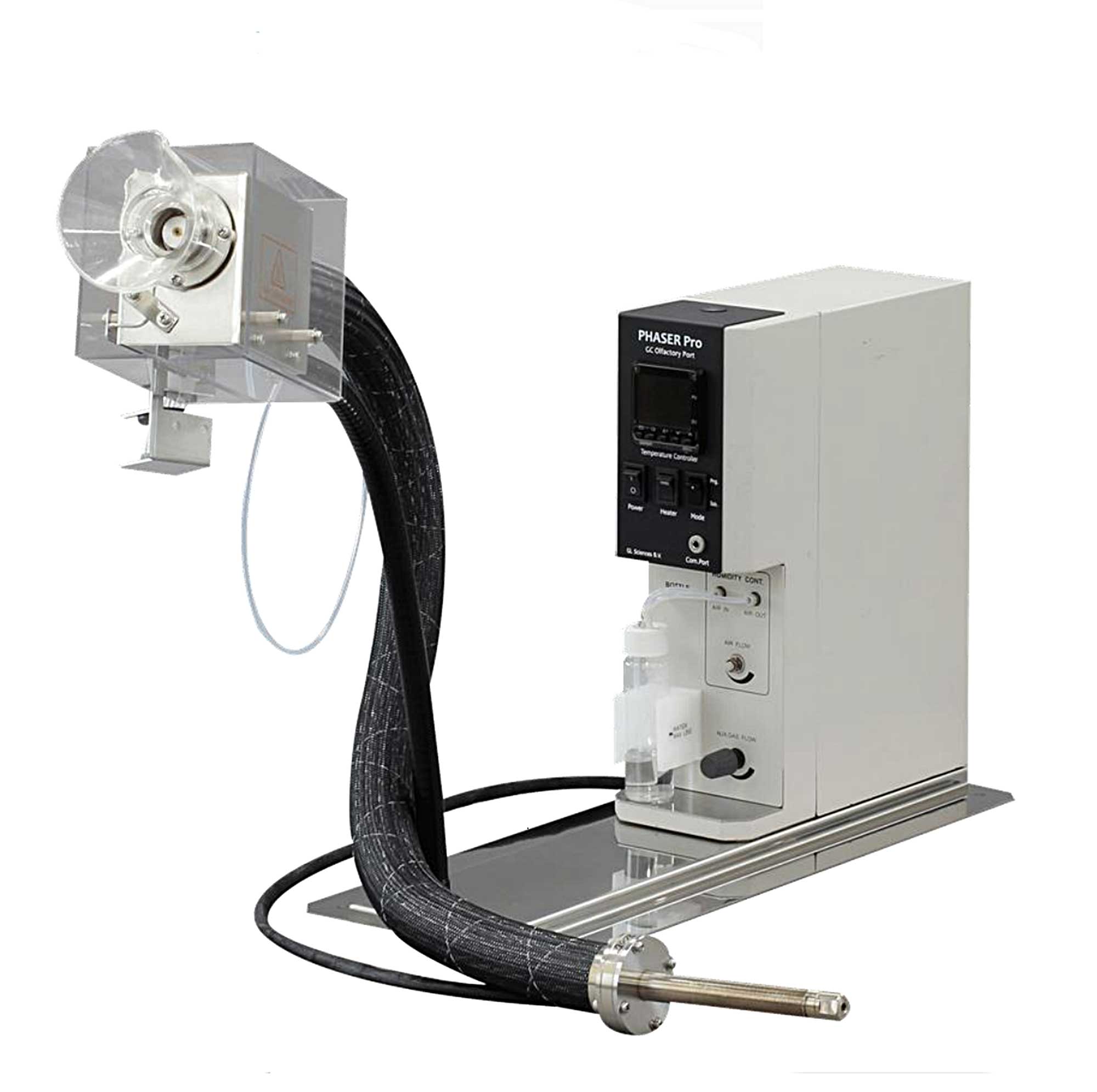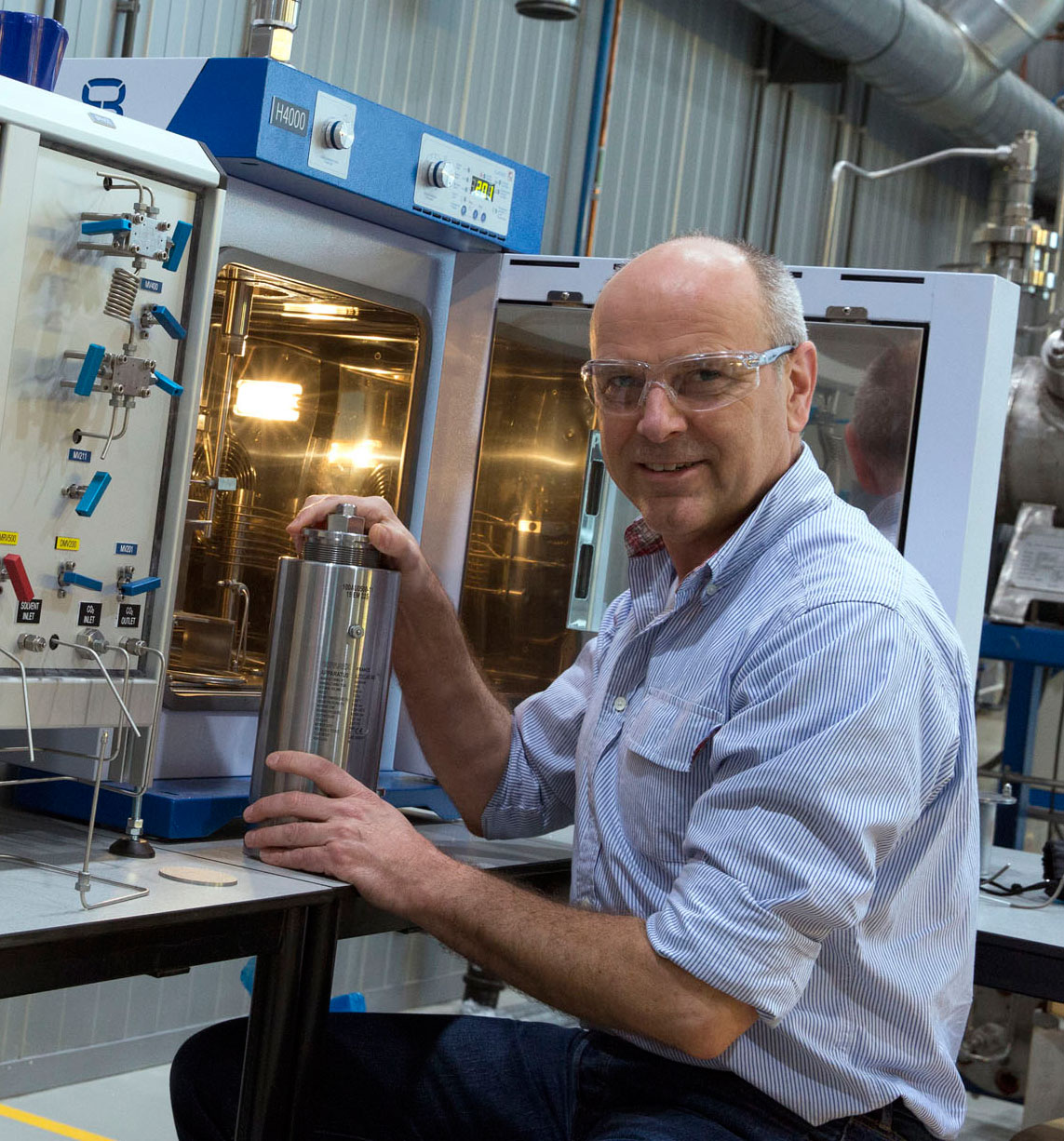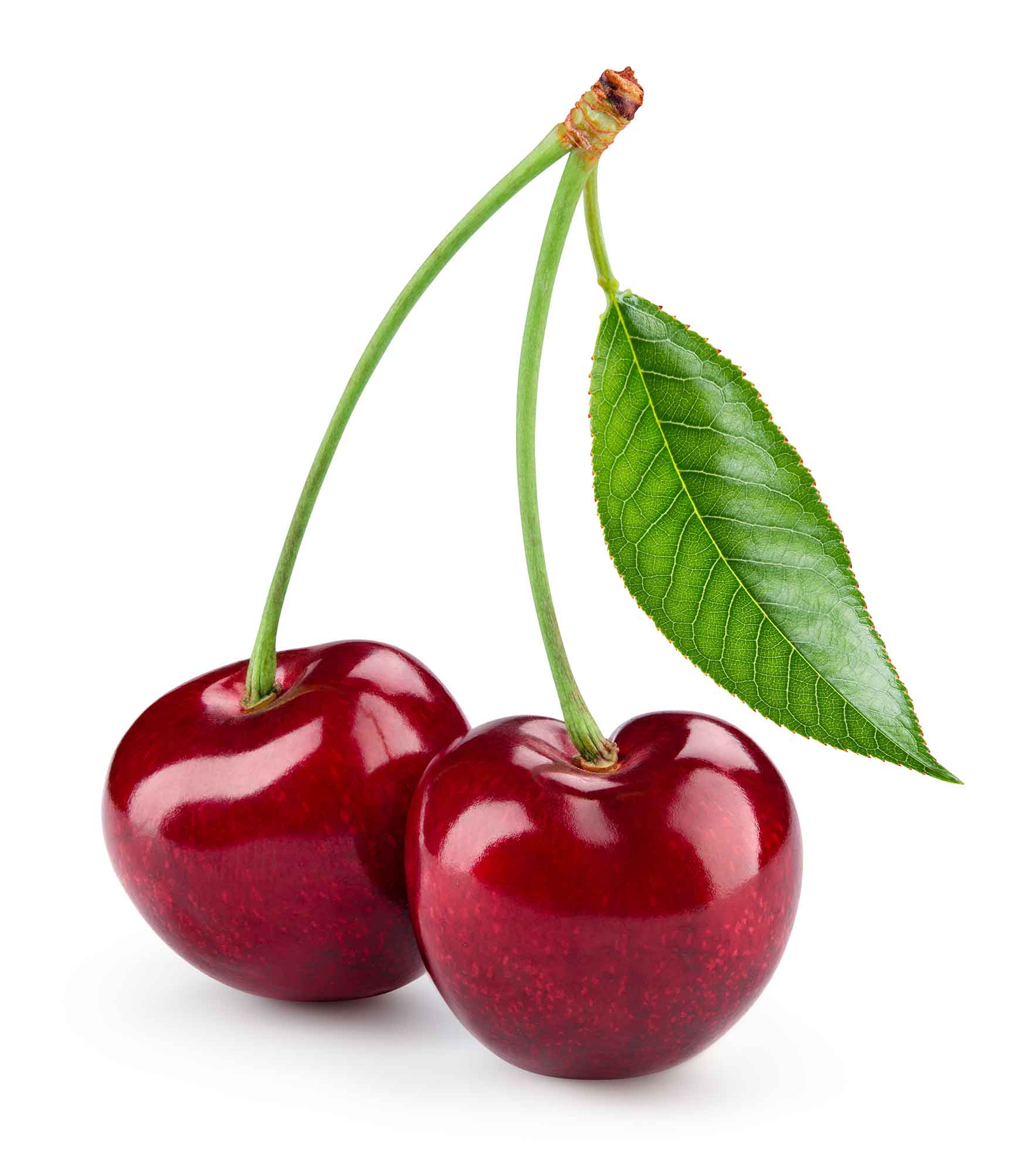The research forms part of BIOCAS; an Interreg NSR project focused on transforming rural areas surrounding the North Sea into smart, specialised regions, where local biomass flows are valorised through means of bio-cascading. The research projects that form part of this initiative are highly diverse: ranging from building a composite bridge in Leeuwarden to the extraction of substances from plants. The latter is one of the specialties of Hanze University of Applied Sciences.
Rob van Haren, lecturer in the Circular Bio-economy Transition: ‘This specialty primarily concerns the development and extraction of high-quality components: bioceuticals. This includes aromatics and flavourings, as well as, for example, cosmetics and substances that promote well-being. The University of Southern Denmark (SDU) has developed a procedure for cracking cherry pits. We receive the product as a powder that we treat using super-critical CO2 extraction and subcritical water extraction.’
Clean Label
For super-critical extraction, the solvent is CO2, which becomes liquid under high pressure and low temperature. For subcritical water extraction, the solvent is water that is heated in excess of its boiling point, but which stays liquid under pressure. Both methods are ‘green’ and prevent the need for using toxic solvents. This is important, because the substances extracted this way can be used in foods. ‘Particularly in the confectionery and soft drinks industry there is a demand for such components from natural substances that furthermore are “clean label”. This way we valorise a waste flow into a high-quality product and furthermore this is a good fit for the circular economy.’
The multitude of different pigments and flavourings that are obtained this way are partly soluble in water and partly in fat. ‘The fractions clearly also have different properties. In particular the water-soluble components have a very fresh cherry smell, while the oil-soluble components are somewhat more sour.’
Sniffer
To be able to characterise the composition of these substances numerically, as well as sensorially, Hanze University of Applied Sciences recently acquired an olfactometer linked to a gas chromatograph (i.e. a gas chromatography-olfactory port). ‘The various odours are unravelled in a gas chromatograph and by sniffing them after this you can create a better composition or a palette. This way we can change the super-critical conditions such that certain aromatics and flavourings are given priority in the extraction process. This way you can also extract any off-flavour components.’
The cherry project runs until the end of 2021. ‘After that we will continue to apply this olfactory port to raw materials rich in aromatics and flavourings,’ says Van Haren. ‘With super-critical extraction, we obtain many of these volatile substances and it is great to be able to identify, extract and use them.’
This article was created in cooperation with Hanze University of Applied Sciences.
Image above: Pixabay






